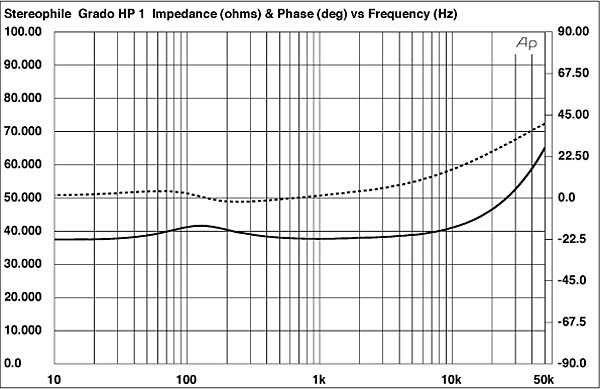| Columns Retired Columns & Blogs |
Wow ... to think that the first versions of these came out in 1989 ...
... but are they "classic" ...or modern ... or "timeless"?
These can fetch $1500-3500 on the used market as of late 2012.
Pretty uncomfortable, esp. for long-term listening, but with a good DEDICATED headphone amp, they can hold their own even against the "best" modern 'phones. See various threads at Head-Fi.org for more info.












































